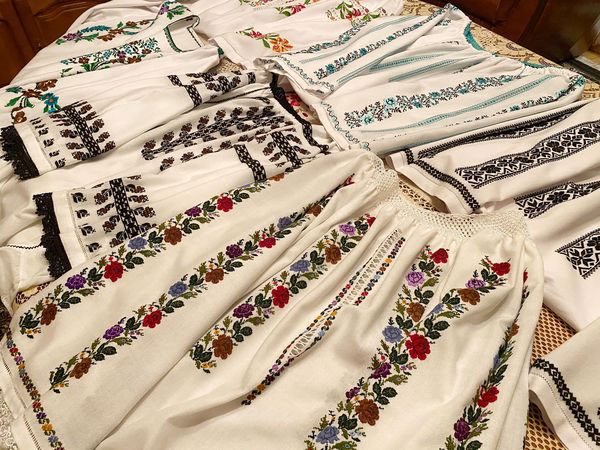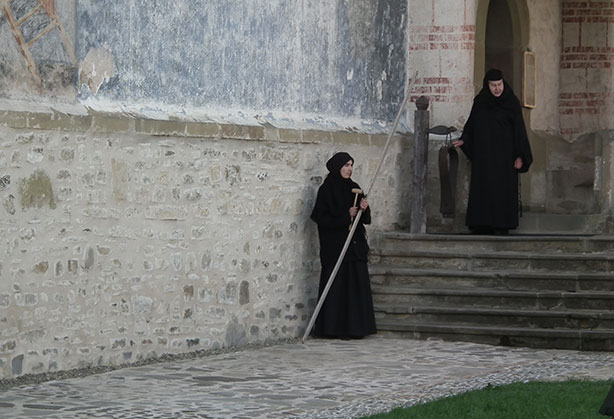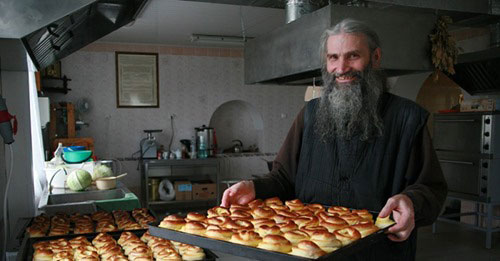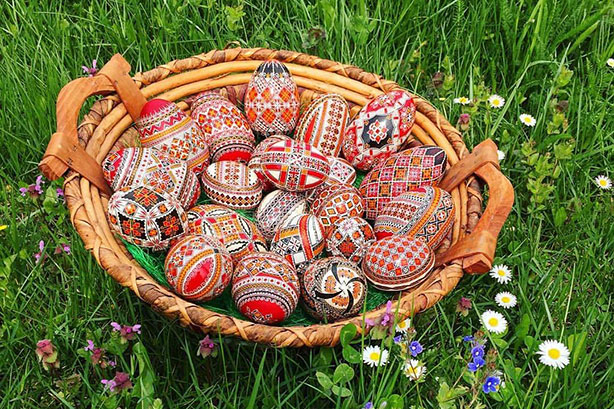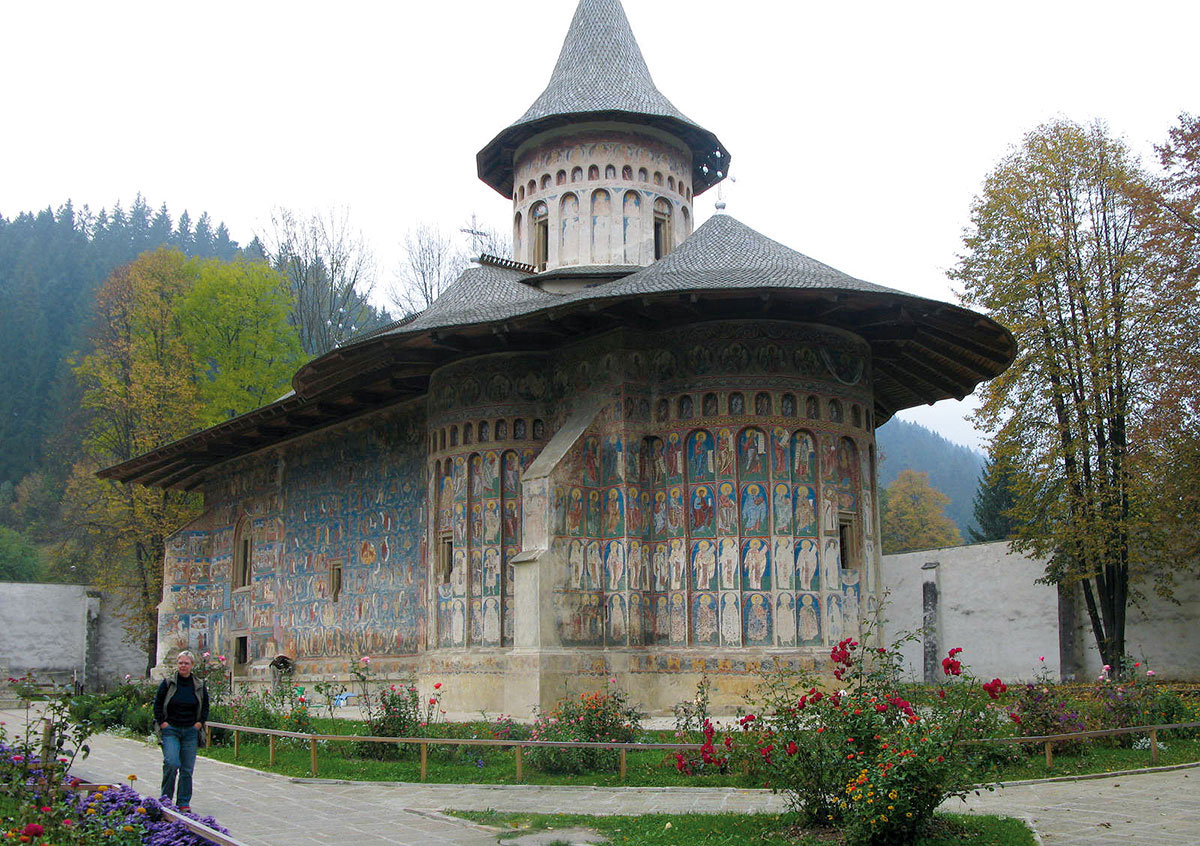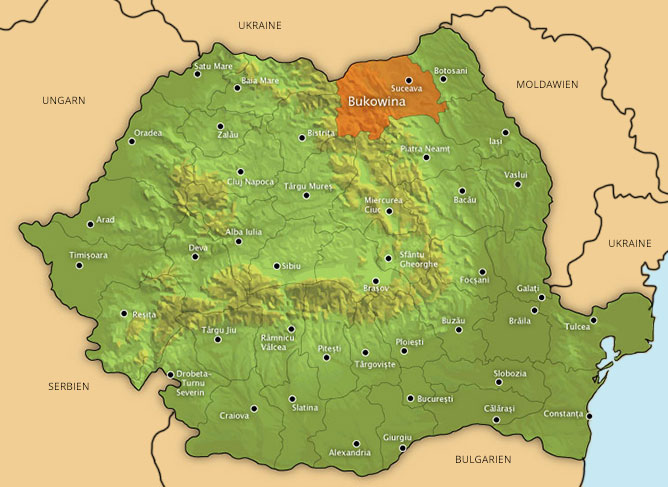
The Bukovina, land of beech trees, is a very important historical part of the north of Romania. Half of the northern part of the Bukovina belongs to the Ukraine and the south of the Bukovina to Romania. The north the country is characterized by a 400 m high plateau with grassy steppe and at about 600 m you’ll find a densely wooded hilly country. This hilly country marches upon the Romanian south into the Transylvanian mountains and into the south east of the Carpathians.
There the landscape rises to approximately 1400 m and culminate in peaks like the 1800 m high Giumalâul.
In the Middle Age the Bukovina belonged to the Principality of Moldova. 1775 it became a part of the Austrian Empire. At that time there was a large immigration by German settlers in the Bukovina, as in other areas of today’s Romania. Especially German and Yiddish-speaking Jews immigrated into the Bukovina. But also many Ukrainian settled the Bukovina in the 19th century. This immigration didn’t happen without influence on this region. Above all the move of Germans and German-born Jews led to a center of multi- cultural, German-speaking literature. This center is the today’s Ukrainian city Tscherniwzi (Czernowitz) where in 1875 the Franz-Josef University was established and is the origin of a number of famous authors.
In the First World War the Bukovina was ruled by the Russians, in 1918 it became Romanian territory. 1940 the north was ruled again by the Soviet Union and so many Germans were resettled to the German Empire or to territories occupied by Germany. In 1941 the Romanians reconquer the northern part. For the next three years most of the Jews were killed, deported or they emigrated. Since 1944 the Bukovina is divided in a Romanian and Ukrainian part. Nowadays the minority of Germans, Jews, Ukrainians but also Roma are irrelevant in the Romanian part.
Today the most important city in the Romanian Bukovina is Suceava with 115 000 inhabitants. Especially there are the wood and paper industries and engine companies located.
The town represents some really attractive tourist’s specials. Particularly the in the Middle Age built fortress is an impressive example of the past. Built to defend the inhabitants from the attacks by Ottomans, Tartars and Polish people the well-fortified and impregnable appearing castle was for many centuries the center of power of the Prince of Moldova. Furthermore the in the 16th century built Methodist Episcopal Church, Demetriuskirche and the Abbey Zamca are very special rewarding places in the city.
This monastery is just one of over forty mainly influenced by gothic style built houses of worship.


